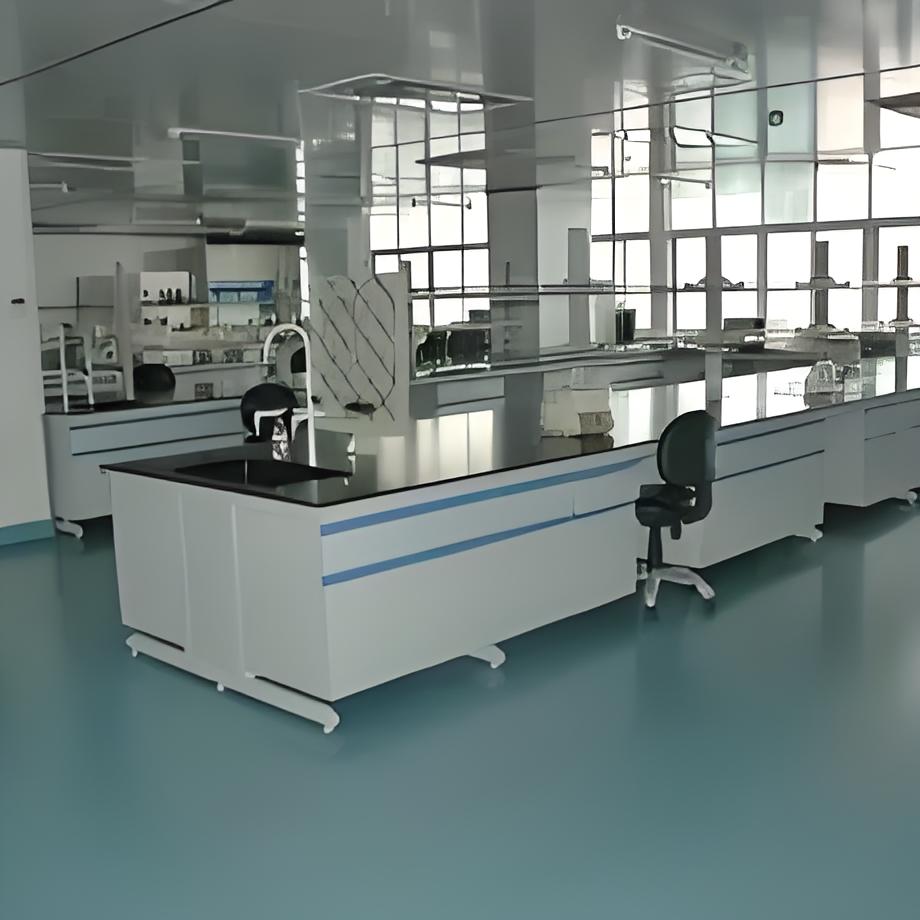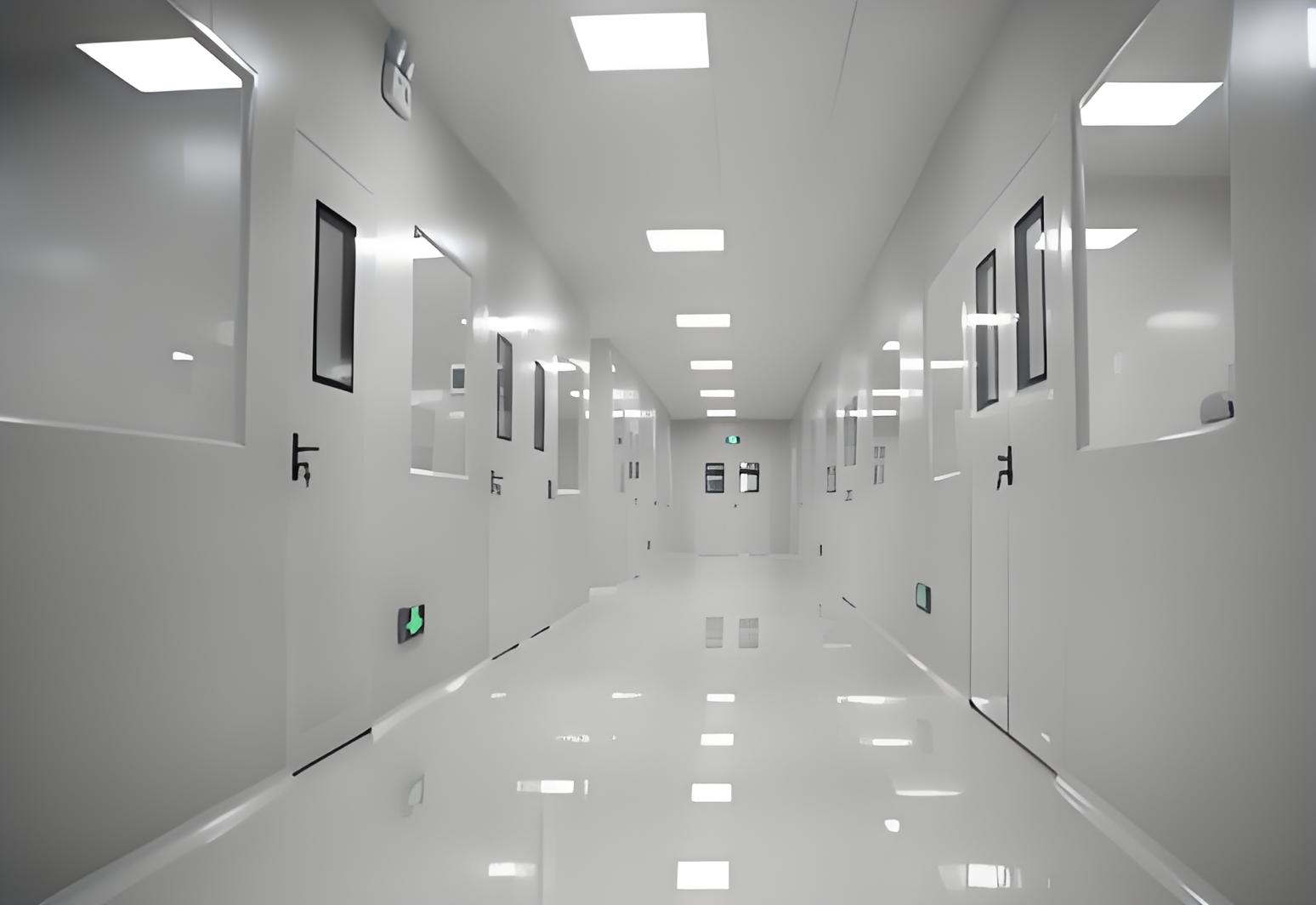
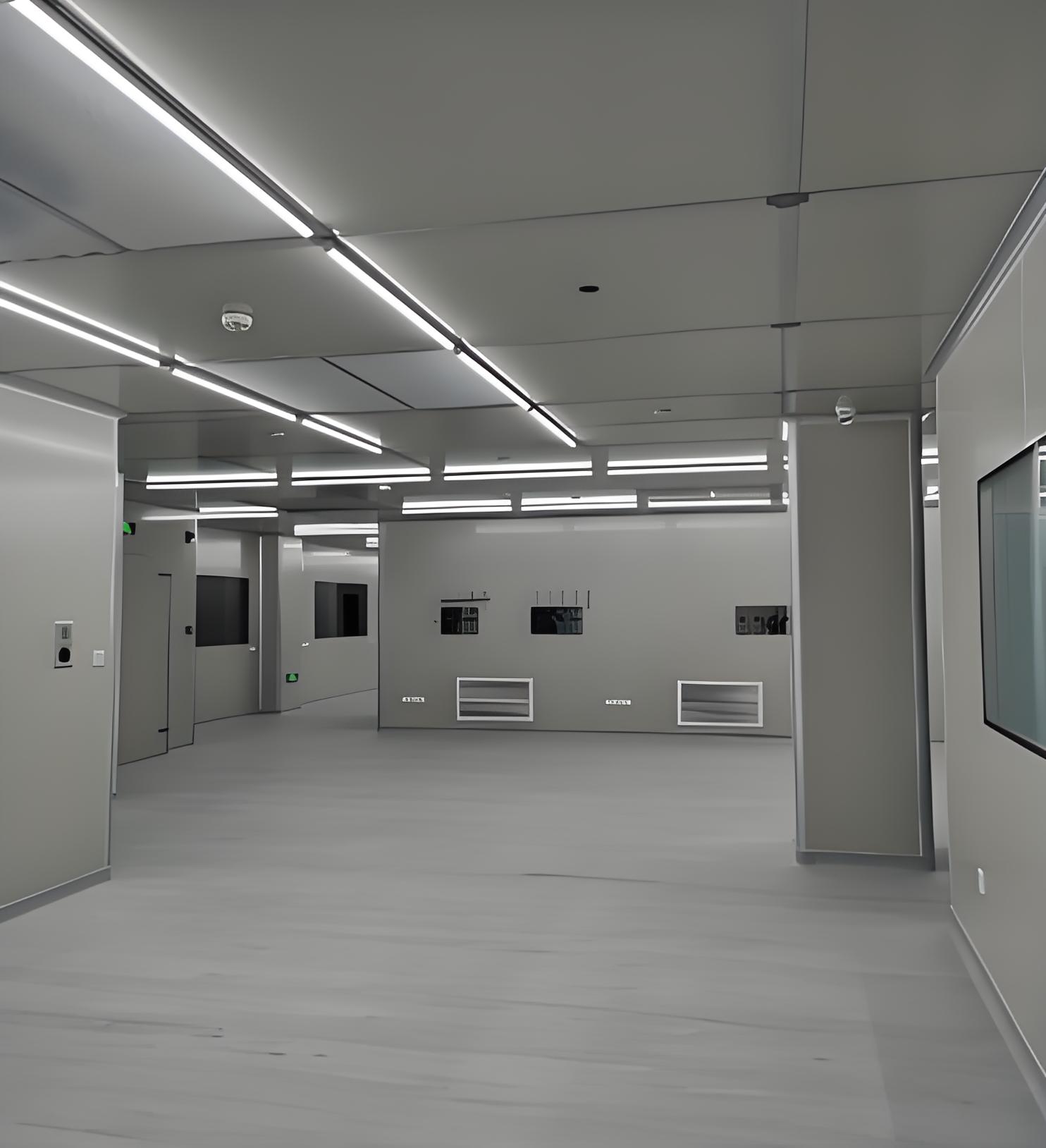
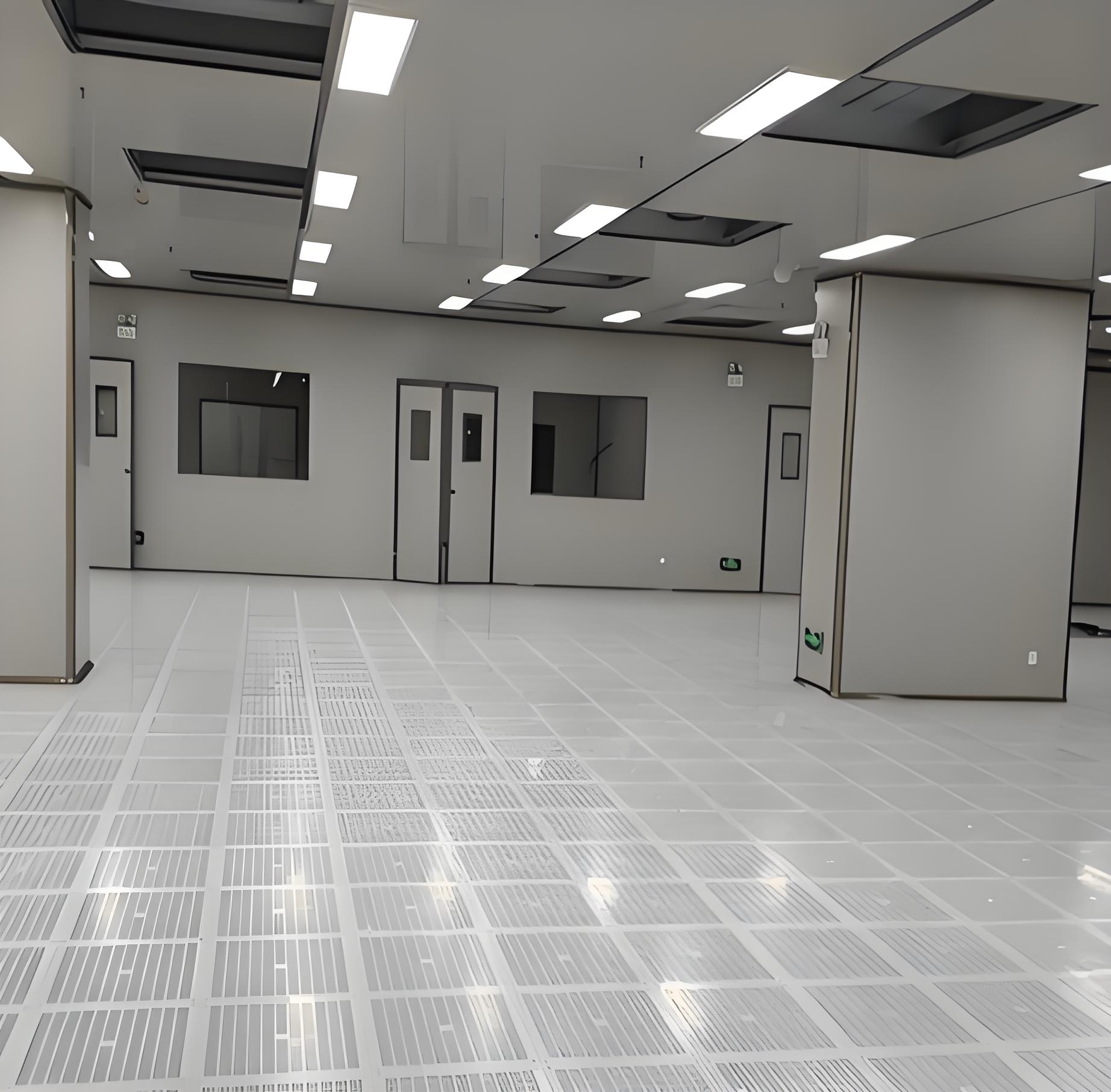


In the rapidly evolving biopharmaceutical industry, biological purification engineering stands as a cornerstone for developing safe and effective therapeutics. This discipline focuses on harnessing biological processes to purify and produce pharmaceuticals, vaccines, and other biologics. A critical component of this field is the integration of advanced cleanroom environments, which ensure product purity and regulatory compliance. As companies strive to meet stringent standards, understanding the interplay between biological purification engineering and cleanroom infrastructure becomes essential. This article delves into how biological purification engineering influences key aspects like Biopharmaceutical cleanroom setups, GMP cleanroom design, the role of Biological cleanroom contractors, the Cost of building a GMP compliant cleanroom, and the advantages of Turnkey biopharma cleanroom solutions. By exploring these elements, stakeholders can optimize their operations for efficiency and safety.
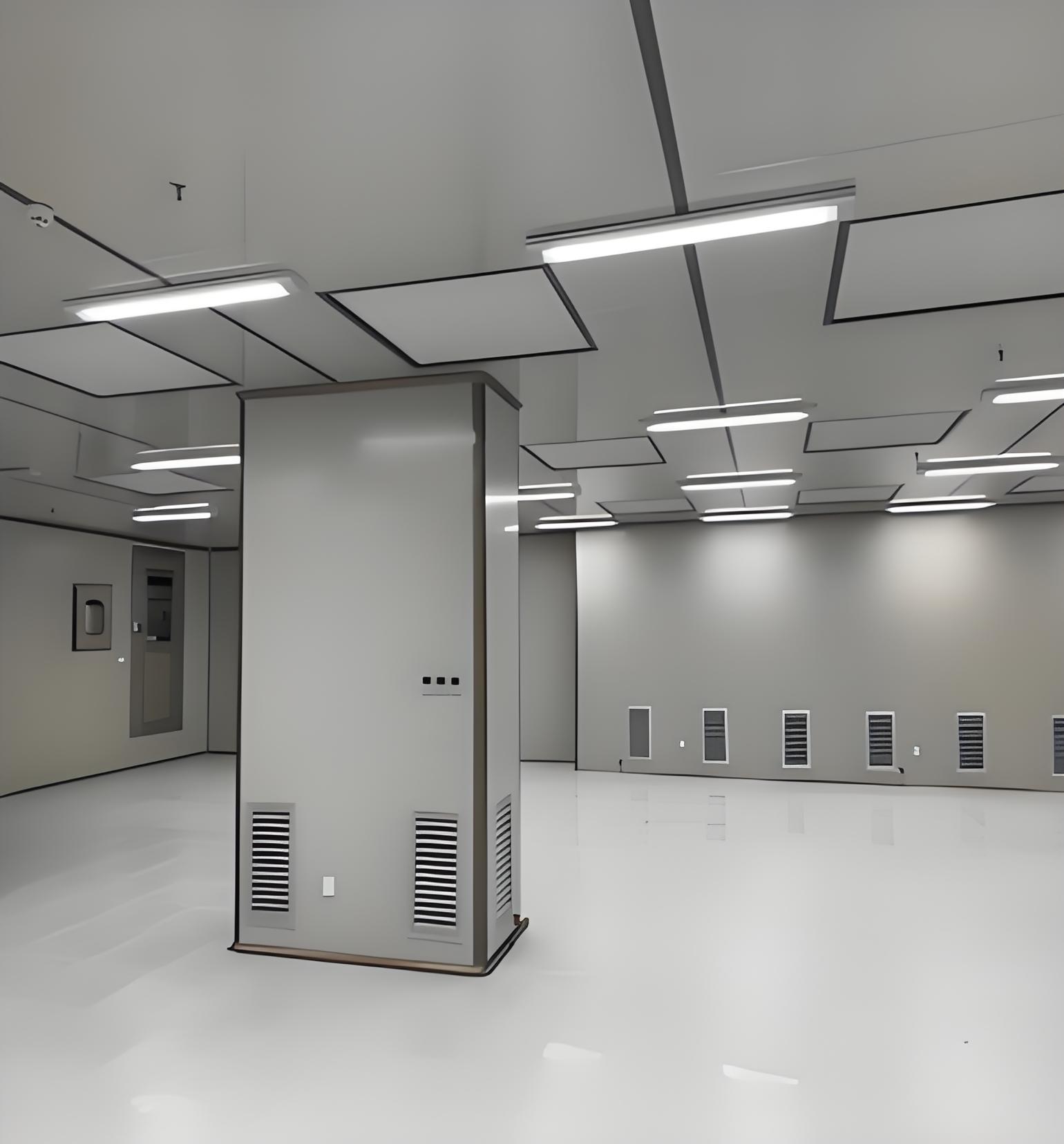
Biological purification engineering involves the application of biological systems, such as microorganisms, enzymes, or cell cultures, to purify and manufacture biopharmaceutical products. This process is vital for removing contaminants, ensuring product consistency, and adhering to regulatory guidelines like those from the FDA and EMA. In practice, it encompasses techniques like chromatography, filtration, and fermentation, which require controlled environments to prevent contamination. The success of biological purification engineering heavily relies on specialized facilities, particularly Biopharmaceutical cleanroom spaces, where air quality, temperature, and humidity are meticulously regulated. By integrating these engineering principles, companies can achieve higher yields and reduce risks in drug production.
Moreover, biological purification engineering is not just about the technical processes; it also involves designing systems that align with Good Manufacturing Practices (GMP). This synergy ensures that purification methods are scalable, reproducible, and compliant with global standards. As the demand for biologics grows, advancements in this field are driving innovations in cleanroom technology, making it a pivotal area for investment in the biopharma sector.
A Biopharmaceutical cleanroom is a controlled environment designed to minimize particulate and microbial contamination during the production of biologics. These cleanrooms are essential for biological purification engineering because even minor contaminants can compromise product safety and efficacy. Typically classified under ISO standards (e.g., ISO 14644), these spaces maintain strict air filtration, pressure differentials, and monitoring systems. For instance, in processes like monoclonal antibody production, a Biopharmaceutical cleanroom ensures that purification steps—such as affinity chromatography—occur in a sterile setting, reducing the risk of endotoxin contamination.
The design of a Biopharmaceutical cleanroom must accommodate the unique needs of biological purification engineering, including the handling of live cells or sensitive biomolecules. This often involves incorporating laminar airflow hoods, closed-system equipment, and real-time environmental monitoring. By leveraging a well-designed Biopharmaceutical cleanroom, companies can enhance process efficiency, minimize downtime, and meet regulatory expectations. Furthermore, as biologics become more complex, the integration of advanced cleanrooms supports innovations in personalized medicine and gene therapies, underscoring their critical role in modern biopharma.
GMP cleanroom design is a structured approach to creating environments that comply with Good Manufacturing Practices, ensuring product quality and patient safety. In the context of biological purification engineering, GMP cleanroom design focuses on factors like layout, material flows, and contamination control. For example, a typical GMP cleanroom design includes segregated zones for different purification stages—such as raw material entry, processing, and packaging—to prevent cross-contamination. Air handling units with HEPA filters are integral, maintaining ISO class 5 to 8 conditions depending on the application.
A robust GMP cleanroom design also emphasizes flexibility and scalability. As biological purification engineering evolves, cleanrooms must adapt to new technologies like single-use systems or continuous manufacturing. This involves selecting durable, easy-to-clean surfaces and incorporating modular components. Additionally, GMP cleanroom design requires rigorous validation and documentation, including airflow visualization tests and particle counting, to demonstrate compliance during audits. By prioritizing these principles, organizations can reduce operational risks and accelerate time-to-market for biologics. Collaborating with experienced Biological cleanroom contractors during the design phase ensures that the facility aligns with both engineering needs and regulatory standards.
Choosing proficient Biological cleanroom contractors is crucial for successfully implementing biological purification engineering projects. These specialists bring expertise in designing, constructing, and validating cleanrooms tailored to biopharmaceutical needs. When evaluating Biological cleanroom contractors, consider their experience with GMP standards, project management capabilities, and track record in similar industries. For instance, a contractor familiar with biological purification engineering will understand the nuances of integrating purification equipment like bioreactors or filtration systems into the cleanroom layout.
Biological cleanroom contractors also play a key role in navigating regulatory requirements, ensuring that the facility meets guidelines from bodies like the FDA or EMA. They typically offer services ranging from initial concept design to commissioning, including risk assessments and compliance documentation. By engaging reputable Biological cleanroom contractors, companies can avoid common pitfalls, such as design flaws or validation failures, which could escalate the Cost of building a GMP compliant cleanroom. Moreover, many contractors now provide Turnkey biopharma cleanroom solutions, streamlining the entire process from planning to operation. This holistic approach reduces complexity and ensures that the cleanroom supports efficient biological purification engineering workflows.
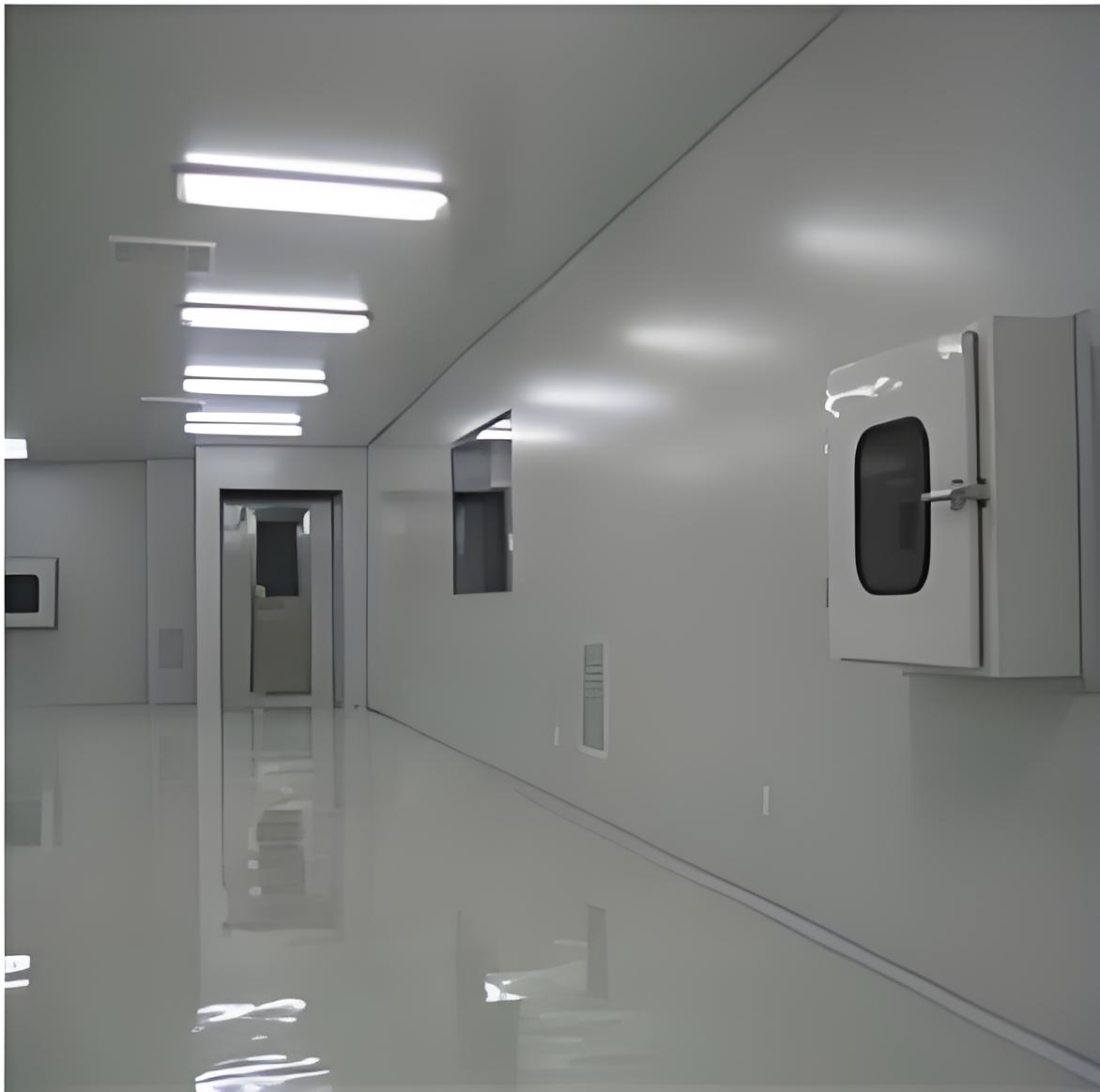
The Cost of building a GMP compliant cleanroom varies widely based on factors like size, classification, and technological complexity. For facilities centered on biological purification engineering, expenses can range from $500,000 to several million dollars. Key cost drivers include air handling systems (e.g., HVAC with HEPA filtration), which account for 30-40% of the total, and specialized equipment for purification processes. Additionally, the Cost of building a GMP compliant cleanroom encompasses design fees, construction materials, validation testing, and ongoing maintenance.
To manage the Cost of building a GMP compliant cleanroom, companies should conduct a detailed needs analysis aligned with their biological purification engineering requirements. For example, higher-grade cleanrooms (e.g., ISO 5) incur greater costs due to stricter controls. Partnering with skilled Biological cleanroom contractors can help optimize budgets by suggesting cost-effective materials or modular designs. Furthermore, opting for Turnkey biopharma cleanroom solutions may reduce overall expenses by bundling services and minimizing delays. It's important to view the Cost of building a GMP compliant cleanroom as an investment, as a well-executed facility enhances product quality, reduces contamination-related losses, and ensures regulatory compliance, ultimately supporting long-term profitability in biopharma.
Turnkey biopharma cleanroom solutions offer a comprehensive approach to designing, constructing, and commissioning cleanrooms for biological purification engineering. These end-to-end services, provided by specialized Biological cleanroom contractors, cover everything from initial planning to operational handover. One major advantage is the seamless integration of GMP cleanroom design principles, ensuring that the facility meets regulatory standards from day one. For businesses focused on biological purification engineering, Turnkey biopharma cleanroom solutions simplify project management by consolidating responsibilities under a single vendor, reducing coordination challenges and timelines.
Another benefit is cost efficiency; by bundling services, Turnkey biopharma cleanroom solutions often lower the overall Cost of building a GMP compliant cleanroom through optimized resource allocation and risk mitigation. These solutions also incorporate scalability, allowing cleanrooms to adapt as biological purification engineering processes evolve. For instance, a turnkey project might include modular walls or advanced monitoring systems that support future expansions. By leveraging Turnkey biopharma cleanroom solutions, companies can accelerate their go-to-market strategies, minimize disruptions, and focus on core activities like research and development. This holistic approach is particularly valuable in the fast-paced biopharma sector, where speed and compliance are paramount.
The future of biological purification engineering is closely tied to innovations in cleanroom technology. Emerging trends, such as the use of robotics, IoT sensors, and data analytics, are transforming Biopharmaceutical cleanroom operations. For example, smart cleanrooms equipped with real-time monitoring can enhance biological purification engineering by providing instant data on environmental parameters, enabling proactive contamination control. Additionally, sustainable design practices are gaining traction, with GMP cleanroom design incorporating energy-efficient systems to reduce the environmental footprint and operational costs.
Collaboration with Biological cleanroom contractors is essential to adopt these advancements. As biological purification engineering moves toward more personalized and complex therapies, cleanrooms must become more flexible and automated. Turnkey biopharma cleanroom solutions are increasingly incorporating these elements, offering customized setups that support innovative purification methods. By staying abreast of these trends, companies can future-proof their investments and maintain a competitive edge. Ultimately, the synergy between biological purification engineering and advanced cleanrooms will drive the next wave of breakthroughs in biopharmaceuticals, ensuring safer and more effective treatments for patients worldwide.
Biological purification engineering is a dynamic field that underpins the development of life-saving biopharmaceuticals. Its success hinges on robust cleanroom infrastructures, including well-executed Biopharmaceutical cleanroom environments, compliant GMP cleanroom design, and expert Biological cleanroom contractors. While the Cost of building a GMP compliant cleanroom can be substantial, the long-term benefits in product quality and regulatory adherence justify the investment. For those seeking efficiency, Turnkey biopharma cleanroom solutions provide a streamlined path to operational readiness. By understanding these interconnected elements, stakeholders can harness the full potential of biological purification engineering to advance healthcare innovations.
Q1: What is biological purification engineering, and why is it important in biopharma?
A1: Biological purification engineering involves using biological processes, such as fermentation or chromatography, to purify and produce biopharmaceuticals. It is crucial because it ensures the removal of contaminants, maintains product consistency, and complies with regulatory standards, directly impacting drug safety and efficacy in cleanroom settings.
Q2: How does GMP cleanroom design differ from standard cleanroom designs?
A2: GMP cleanroom design adheres strictly to Good Manufacturing Practice regulations, focusing on aspects like validated processes, documented controls, and risk management to ensure product quality. Unlike standard cleanrooms, which may prioritize general cleanliness, GMP designs integrate specific workflows for biologics, such as those in biological purification engineering, and require rigorous testing for compliance.
Q3: What factors influence the cost of building a GMP compliant cleanroom?
A3: The cost depends on factors like cleanroom classification (e.g., ISO level), size, location, technology integration (e.g., HVAC systems), and the complexity of biological purification engineering processes. Additional expenses include design fees, validation, and ongoing maintenance, which can be optimized by working with experienced biological cleanroom contractors.
Q4: Why should companies consider turnkey biopharma cleanroom solutions?
A4: Turnkey biopharma cleanroom solutions offer a single-point responsibility for design, construction, and commissioning, reducing project timelines and risks. They ensure seamless integration with biological purification engineering needs, often lowering overall costs and providing compliance-ready facilities, making them ideal for fast-paced biopharma projects.
Q5: How do biological cleanroom contractors ensure regulatory compliance?
A5: Biological cleanroom contractors leverage expertise in GMP standards and industry best practices to design and validate cleanrooms. They conduct thorough risk assessments, perform validation tests (e.g., particle counts and airflow studies), and provide documentation to meet FDA or EMA requirements, ensuring the facility supports safe biological purification engineering operations.
Q6: Can existing facilities be upgraded to meet GMP cleanroom standards?
A6: Yes, existing facilities can be retrofitted or upgraded through modifications like installing advanced filtration systems, improving material flows, and enhancing monitoring capabilities. Biological cleanroom contractors often assess the current setup and propose cost-effective changes to align with GMP cleanroom design, though the cost and timeline vary based on the scope.
Q7: What are the common challenges in maintaining a biopharmaceutical cleanroom?
A7: Challenges include controlling microbial and particulate contamination, ensuring consistent environmental parameters (e.g., temperature and humidity), and managing compliance documentation. Regular maintenance, staff training, and leveraging turnkey biopharma cleanroom solutions for support can mitigate these issues and uphold the integrity of biological purification engineering processes.


